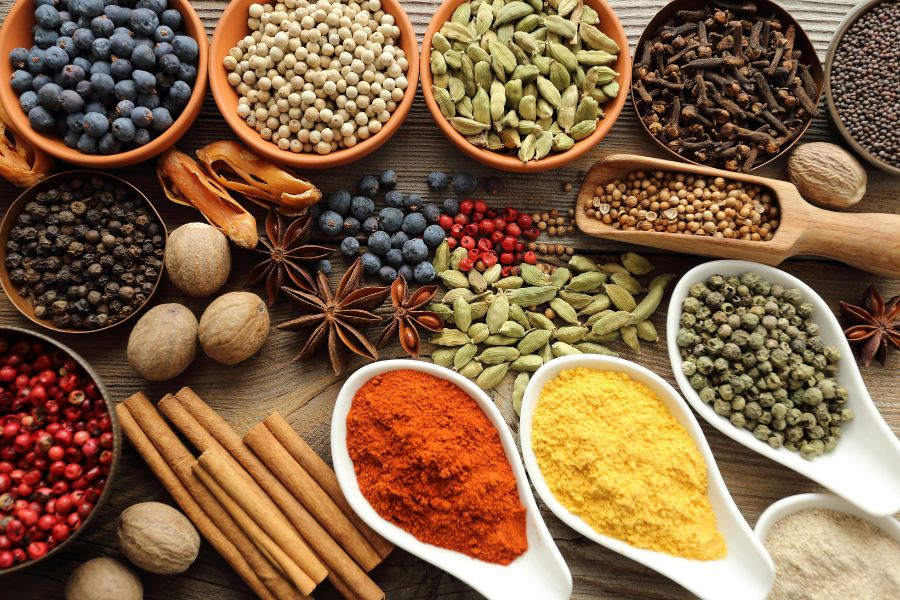Ever felt overwhelmed by diets and food rules?
Frustrated you keep putting on the weight you’ve just lost?
Then intuitive eating might be your ticket to freedom.
To help you stay healthy, without restrictions or guilt…
What is Intuitive Eating?
Intuitive eating is all about tuning into your body’s cues.
It was introduced in 1995 by dieticians Evelyn Tribole and Elyse Resch. As they noticed how their clients would struggle to keep weight off after a diet.
So they recommended intuitive eating.
Instead of following strict meal plans or counting calories…
With this technique you get to eat when you’re hungry and stop when you’re full.
It’s about trusting your body to guide you towards foods that truly nourish you. Without denying yourself little treats here and there.
What Does The Research Say?
Even though the amount of research on intuitive eating is still quite limited…
The results are more than promising.
Intuitive eating connects physical and mental health, while allowing you to reconnect to your body’s cues.
With over 100 studies to date, it can help you easily maintain a healthy weight.
How Does It Work?
Instead of following strict diet rules…
You tune into your body’s natural hunger and fullness signals.
Meaning you eat when hungry and stop when satisfied. Without any judgement or guilt.
This encourages you to listen to your body’s needs. So you can enjoy all foods in moderation.
You are encouraged to pay attention to how different foods make you feel.
Full and satisfied? Bloated, sluggish and unwell?
This will help you develop a healthier relationship with food… While also figuring out what works best for your body.
Fostering a great sense of well-being overall. Mentally and physically.
The Key Principles
Intuitive eating is guided by several key principles.
Firstly, it encourages you to reject the diet mentality.
By ditching rigid food rules, you can start to honour your natural hunger. Eating when your body needs it.
Intuitive eating also encourages you to trust your body. Making food choices based on what feels nourishing and satisfying for you.
More importantly?
No foods are labelled as “good” or “bad”. Allowing yourself to enjoy variety in moderation.
Honouring Your Health
When it comes to being healthy, the number on the scales is not the be all and end all.
With intuitive eating you can work on listening and trusting your body, while also looking out for your mind too.
So you can say goodbye to strict diet regimes and food restrictions.
A true game-changer for your health and mental well-being. Will you give it a try?







